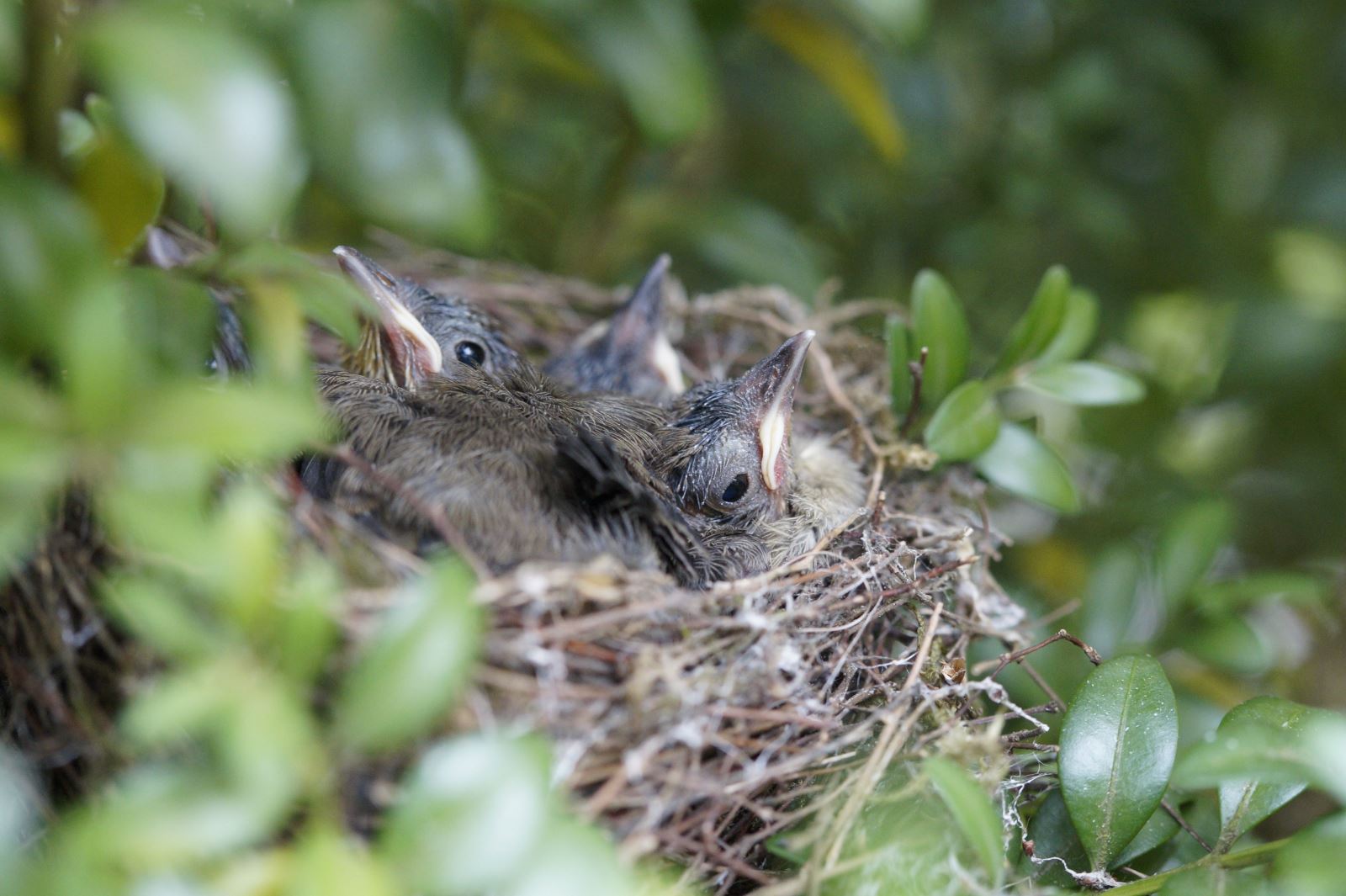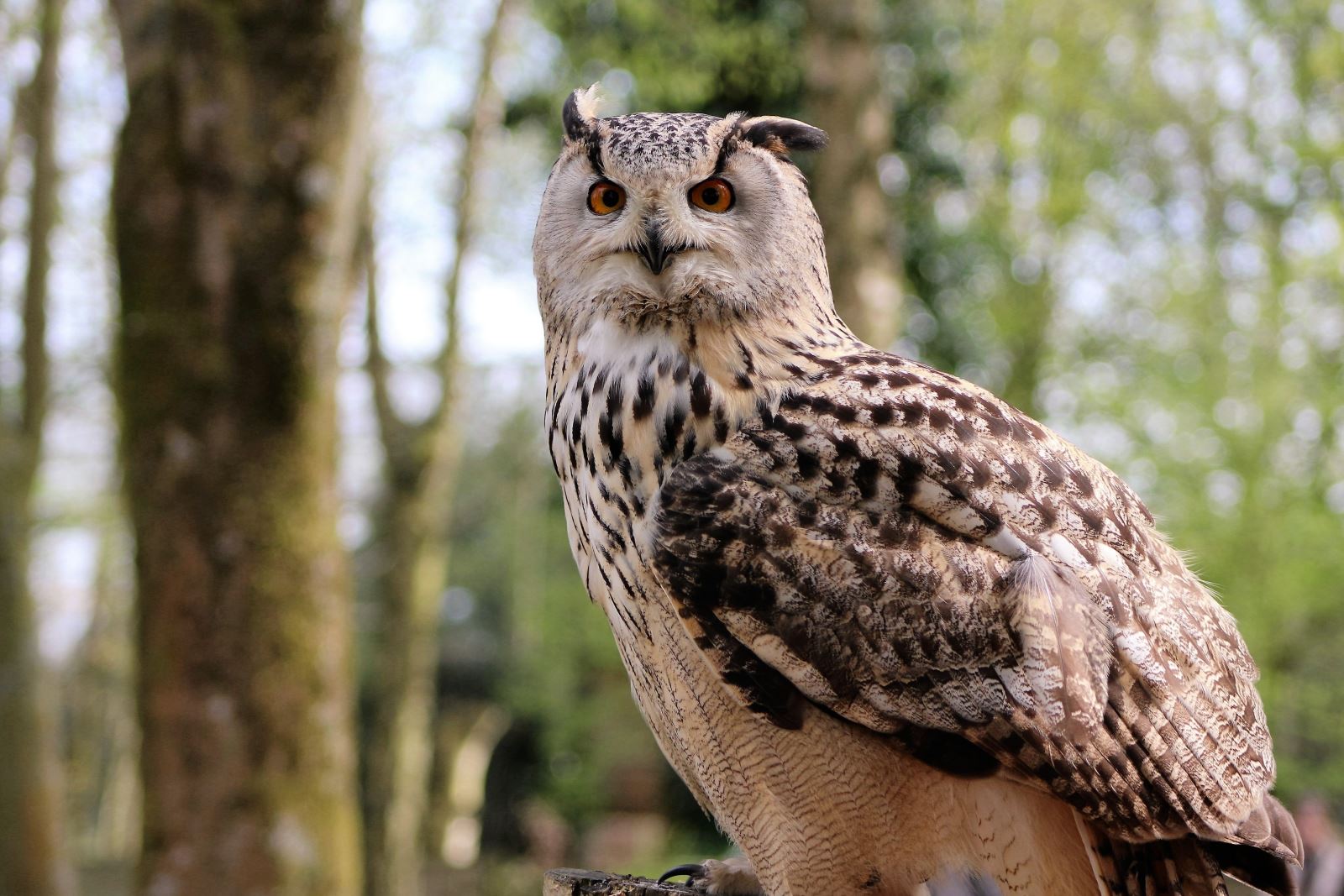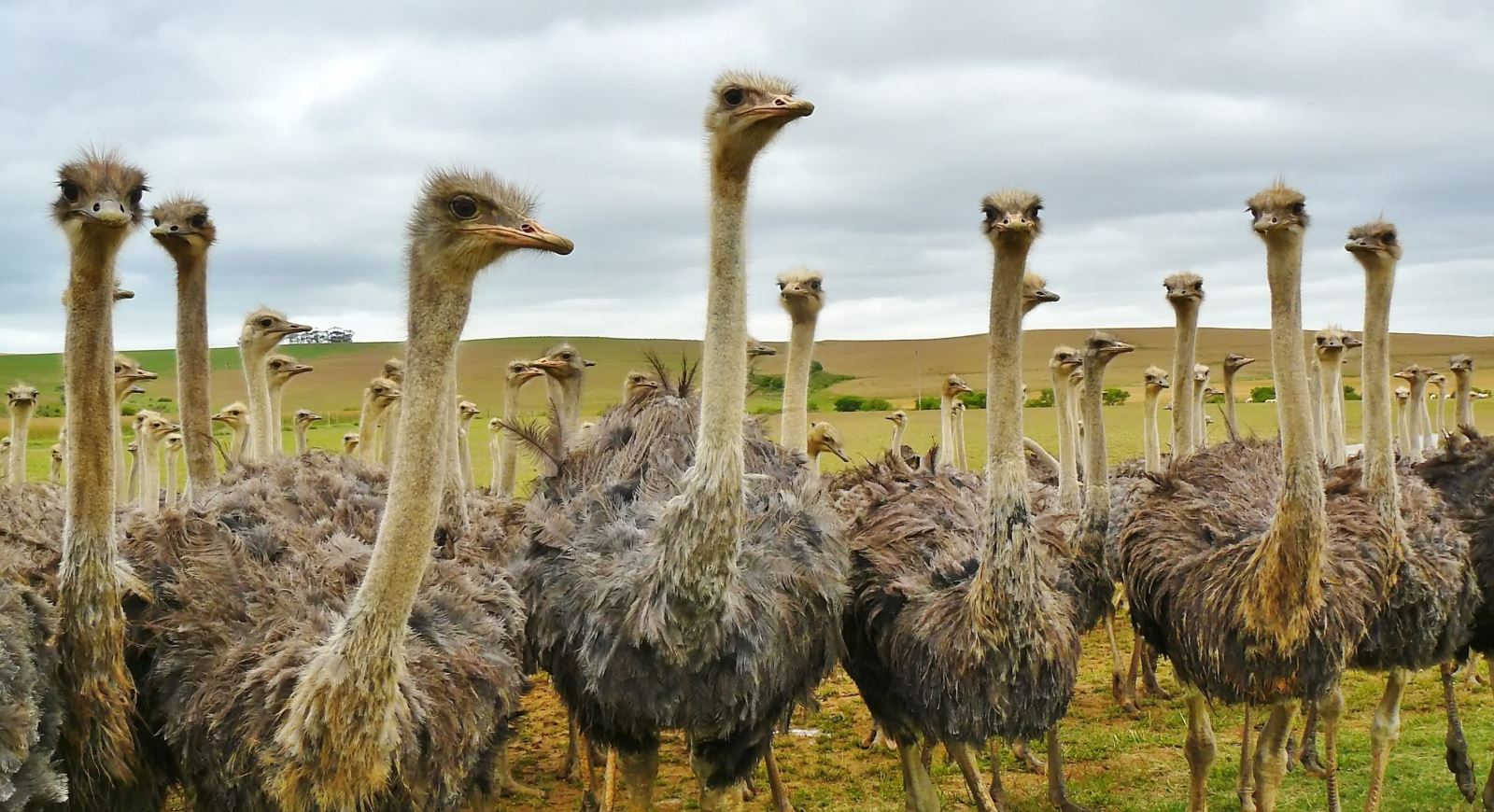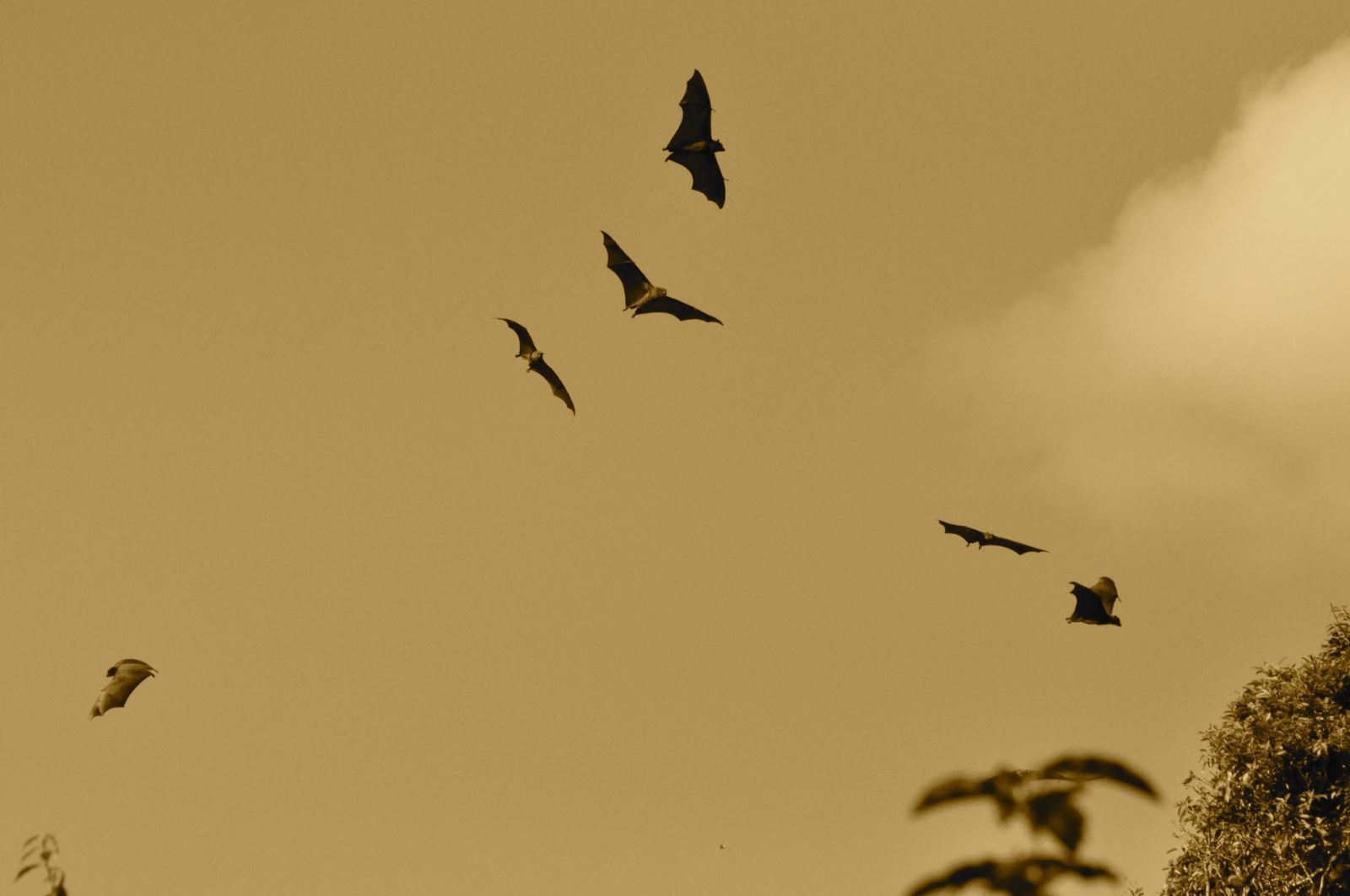The animals’ world is full of myths and facts just like ours. You have definitely heard numerous stories and legends that have been transmitted from one generation to another. These result in misunderstanding of animal behavior and lifestyle. The following are some myths that science has found answers for.
All bees will die after their first sting
Not all bees die after stinging; only honeybees die. Honeybees have barbed stingers; if a bee lodges them in the skin, it will not be able to pull them back out. So, it flies away leaving the stingers with parts of its digestive tract, some nerves, and muscles; this honeybee will end up with a ruptured abdomen and die immediately. Other bees and wasps, however, have another type of stingers, which are smoother and can be pulled out easily from the skin.
 Photo by form PxHere
Photo by form PxHere
Parent birds do not recognize their babies if touched by strangers.
If you were walking near a tree and you saw a baby bird that has just fallen from its nest after its first attempt to fly, would you help it? Many people believe that carrying or just touching a baby bird may change its smell, causing its parents to reject it. It might be surprising that the smelling sensation is not well developed in birds; parent birds, thus, do not recognize their babies by smell like many other animals do. They know their babies through their sound and appearance, so do not hesitate to carry the bird back to its nest away from danger.
 Photo by form PxHere
Photo by form PxHere
Owls can spin their heads 360 degrees
Unlike eagles, falcons, and other predatory birds, owls have totally different hunting skills. Owls’ fixed eye sockets and eye balls make them unable to rotate their eyes; in order to look around, they need to rotate their whole head. They prefer to stand still on a tree listening well to every single sound around; when it is the right moment, they look back quickly to watch their prey without making any other body movement or sound.
It is true that owls can rotate their heads for a wide range, but it is just for 270 degrees. Scientists studied how this rotatory movement occurs without any cut in a blood vessel or fracture in a bone. They found out that blood vessel holes in owls’ vertebrae is 10 times larger than the vessel passing through them, allowing the vessel to move in any direction while the head turns. There is also a network of blood vessels connecting major neck arteries—carotid and vertebral arteries—to ensure the continuity of blood flow; in other animals and humans, these arteries are more fragile. Finally, there are blood vessels at the base of the owl’s neck that expand while turning, making a pool of blood at this area supplying more blood to the brain.
 Photo by form PxHere
Photo by form PxHere
Scared ostriches bury their heads in the sand
Ostriches do not need to bury their heads when they are afraid; they are unique in their shape and character, and are considered the fastest animals on two legs. An ostrich can run 48–64 kilometers per hour; its kick is so powerful that it can kill any predator even if it was a lion.
Being the largest and heaviest bird makes them unable to fly like other birds, so they are not able to build nests on trees or even reach them. As a result, they dig holes in the ground; each is about 2 meters to 2.5 meters wide and one meter deep. Parents bury their eggs in the ground and switch sitting on them. Like other birds, ostriches need to turn their eggs around many times a day using their beaks to ensure that all nutrients reach their embryos. This posture, with having a very small head compared to the neck and body, appears as if they are burying their head in the sand; in fact, if an ostrich did so, it will not be able to breathe and will die!
 Photo by form PxHere
Photo by form PxHere
Blind as a bat!
It is an expression used to describe a person with poor vision; the truth is bats are not blind and big bats can see three times better than humans! Bats have excellent hearing and very good vision; they have a great echolocation system that helps them see better at night using their ears. They send ultrasound waves that human ears cannot recognize; once these waves hit something, they return back to the bat translating how far and big an object is. They use this system to find food at night, while in the morning they can find food easily using their eyes.
Another myth about bats is that they would get stuck in your hair, but it is not true. They may just fly around you when they are searching for food, but their echolocation system will help them just pass by you.
 Photo by form PxHere
Photo by form PxHere
There are still many animal myths that are still mistaken for facts until someday science busts those myths.
References
allaboutbirds.org
animals.howstuffworks.com
animals.mom.com
businessinsider.com
earthsky.org
economictimes.indiatimes.com
livescience.com
nationalgeographic.com
wtamu.edu
Top image: Photo by mohamed hassan form PxHere
This article was first published in print in SCIplanet, Autumn 2020 Issue.